Attracting and Retaining Hospitality Industry Professionals
There are many challenges in the hospitality industry in Australia – fluctuating demand, technology integration, customer experience management – but perhaps the most challenging for many is attracting and retaining top talent. The aftermath of the COVID-19 pandemic has only intensified this challenge, necessitating a nuanced strategy to bridge the talent gap.
Here, we outline a multifaceted approach required to not only allure but also retain professionals crucial for the sustained success of the industry. In a field as diverse and ever-evolving as hospitality, securing and nurturing skilled individuals is not just a necessity; it’s the cornerstone of lasting prosperity.
Importance of Talent Retention in the Hospitality Industry
Though the doors have thankfully closed on the infamous 2020 lockdown era, the hospitality industry still faces difficulties in its wake.
Experienced hospitality workers shift careers, and international students, a key workforce, hesitate to return to Australia. This dual departure has created a substantial talent gap, posing a threat to the industry’s long-term viability.
Beyond numerical concerns, talent acquisition and retention are crucial for maintaining service standards and operational efficiency. The departure of seasoned professionals leaves an experiential void, while the absence of international students exacerbates the shortage of diverse and adaptable skill sets.
To navigate these challenges, a robust talent retention strategy is essential, not only to address immediate staffing shortfalls but also to fortify the industry against future uncertainties, ensuring sustained success and resilience.
Strategies for Attracting and Retaining Top Talent
Develop a Strong Employer Brand
Creating a positive reputation for your business and emphasising what sets you apart from competitors is crucial in attracting and retaining talent.
Consider factors like company culture, employee benefits, training and development opportunities, and work-life balance. By doing so, you can create a unique identity that resonates with potential employees and sets you apart from other businesses in the industry.
Offer Competitive Compensation and Benefits
Offering competitive pay and benefits packages can help to ensure that your business is attractive to candidates. It is essential to stay up to date with industry standards and to regularly review and adjust your compensation and benefits packages.
This can help to ensure that your business remains competitive and that you can attract and retain top talent.
Provide Opportunities for Growth and Development
Providing opportunities for employees to learn new skills and advance in their careers can help to increase job satisfaction and reduce turnover rates. Think about training programs, mentoring opportunities, and career development paths.
These initiatives help to create a culture of learning and development that encourages employees to stay with your business long-term.
Foster a Positive Work Environment
Fostering a positive work environment is essential for talent retention. Provide a safe and comfortable work environment, promote teamwork and collaboration, and recognise and reward employees for their hard work and contributions.
By doing so, you can create a workplace culture that is supportive, engaging, and fulfilling. This requires a clearly defined business vision and strategy that creates alignment with key stakeholders; employees being one such stakeholder.
Embrace Diversity and Inclusion
It’s essential to show that you value and respect individuals from all backgrounds and create a workplace that is welcoming to all.
Encouraging diversity and inclusion, especially within the hospitality industry in Australia, can help to create a more innovative and creative workforce that is better equipped to meet the needs of a diverse customer base.
Utilise Technology
Technology can be particularly helpful in talent acquisition. Consider using online job boards and social media platforms to advertise job openings and reach a wider audience.
Additionally, using technology to streamline recruitment and hiring processes can help to improve efficiency and reduce time-to-hire.
Assist With Cost of Living
Many hotels and resorts in regional areas face the added challenges of higher costs of living and lack of rental accommodation. This can make it difficult to attract and retain talent, especially in areas that are heavily reliant on transient workers, backpackers, and working holiday visa workers.
To address this challenge, consider offering housing assistance or partnering with local real estate agents to provide affordable rental options for employees.
Offer Flexible Work Schedules
Finally, flexible work arrangements are now just as important to employees as company benefits. Can you offer flexible start and finish times, a nine-day fortnight, or even a four-day work week?
There are plenty of good options being used more and more by competitor companies in the hospitality industry in Australia, so we recommend thinking about what you can offer.
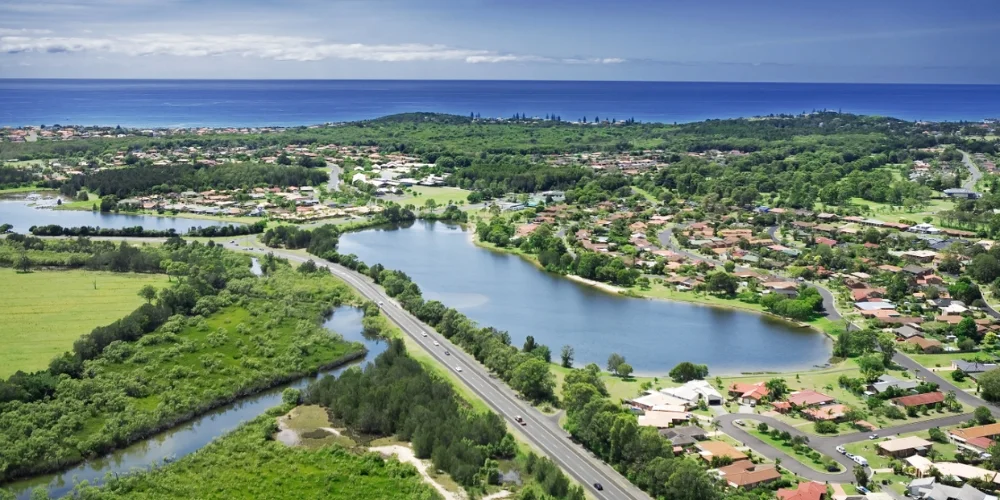
Talent Retention in Regional Areas
In regional areas or untapped suburban markets, it’s common practice to employ hospitality workers from the working holiday visa pool.
These employees will always be with you for a short time, so you need to ensure you have strategies in place to get them productive as quickly as possible and ensure there is little impact when they exit.
Here are some strategies that can help you get the most out of your working holiday visa employees:
- Provide clear job descriptions to ensure that your working holiday visa employees understand their roles and responsibilities. This can help to reduce confusion and ensure that they are productive from day one.
- Offer training and development opportunities to increase the skills, knowledge, and productivity of your working holiday visa employees while reducing the impact when they exit.
Provide feedback and recognition to motivate your international employees and increase their job satisfaction, which in turn can reduce turnover rates.
- Create a supportive work environment to ensure staff feel valued and respected. This can include providing a safe and comfortable work environment, promoting teamwork and collaboration, and rewarding employees for their hard work and contributions.
- Partner with local organisations like universities to offer internships and apprenticeships, local real estate agents to provide affordable rental options, or local businesses to offer discounts and other incentives.
Gain Strategic Success With Axsia
As the hospitality landscape undergoes dynamic growth, Axsia stands ready to collaborate with you in navigating the evolving challenges of talent acquisition and retention.
Our expertise in crafting tailored strategic plans aligns with the unique demands of the hospitality industry in Australia.
By partnering with Axsia, you unlock the potential for not just attracting and retaining top talent but also fostering a collaborative and cohesive industry environment. From cross-functional teams to facilitating communication between corporate offices and local teams, we offer comprehensive solutions.
Speak with our team today to shape a sustainable and thriving future for your business in the ever-changing hospitality landscape.





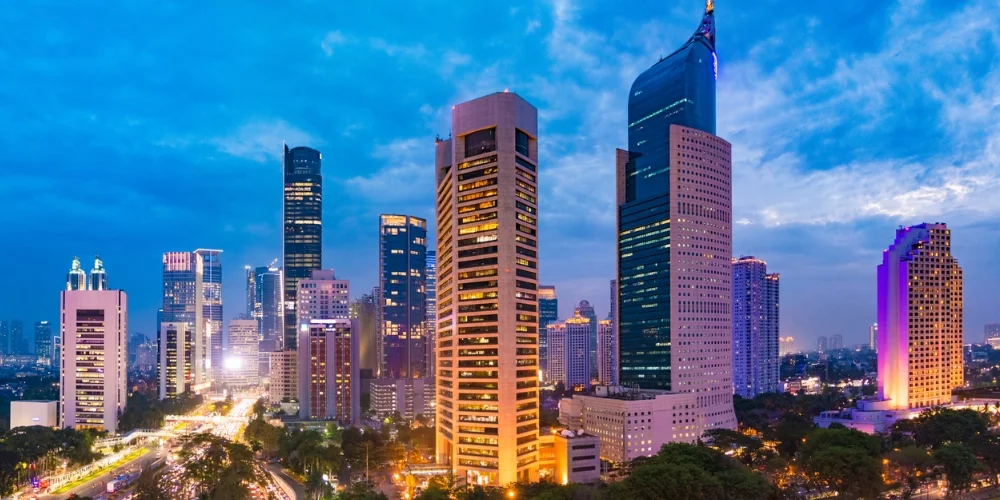
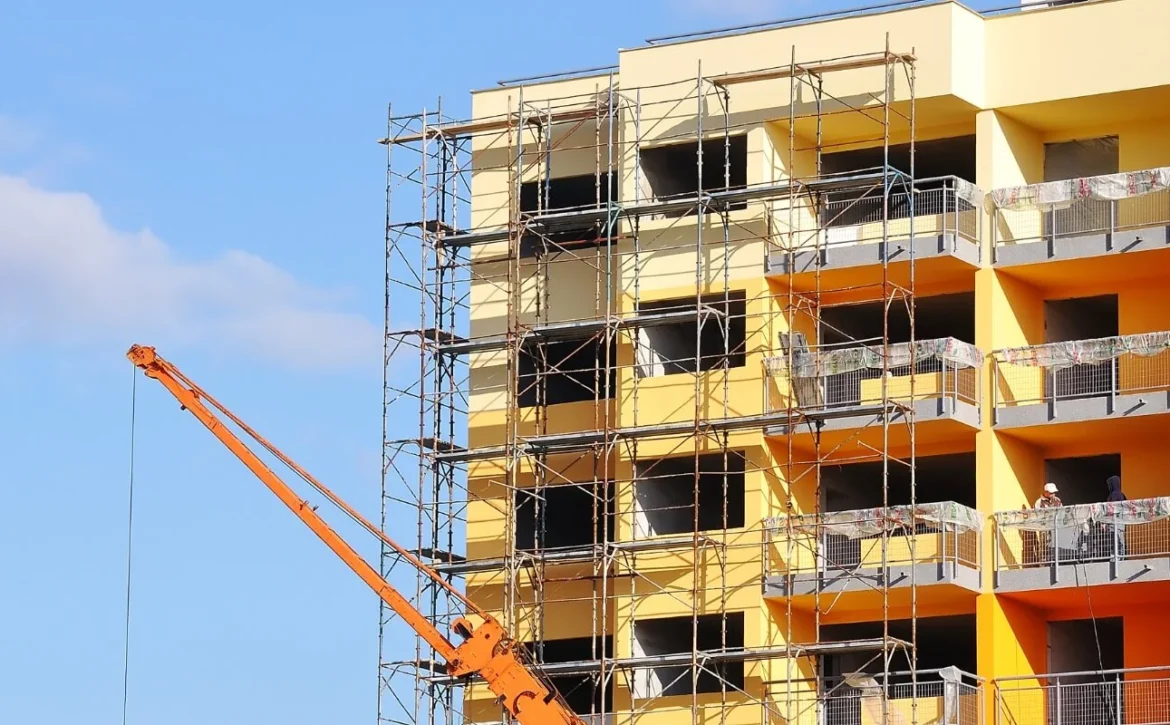

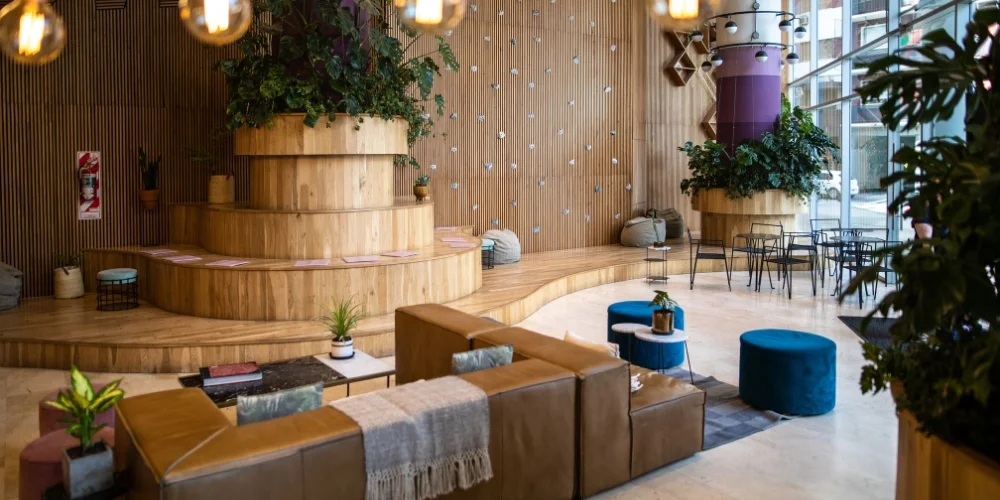
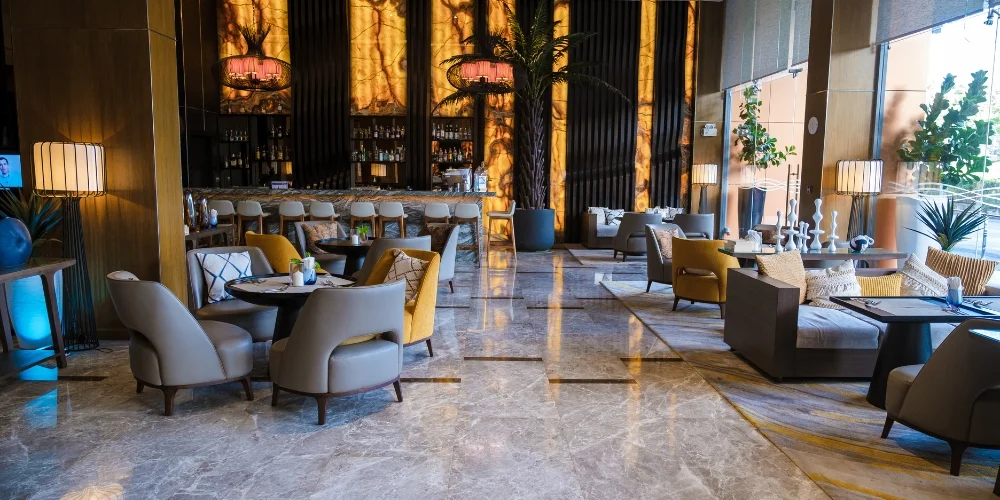
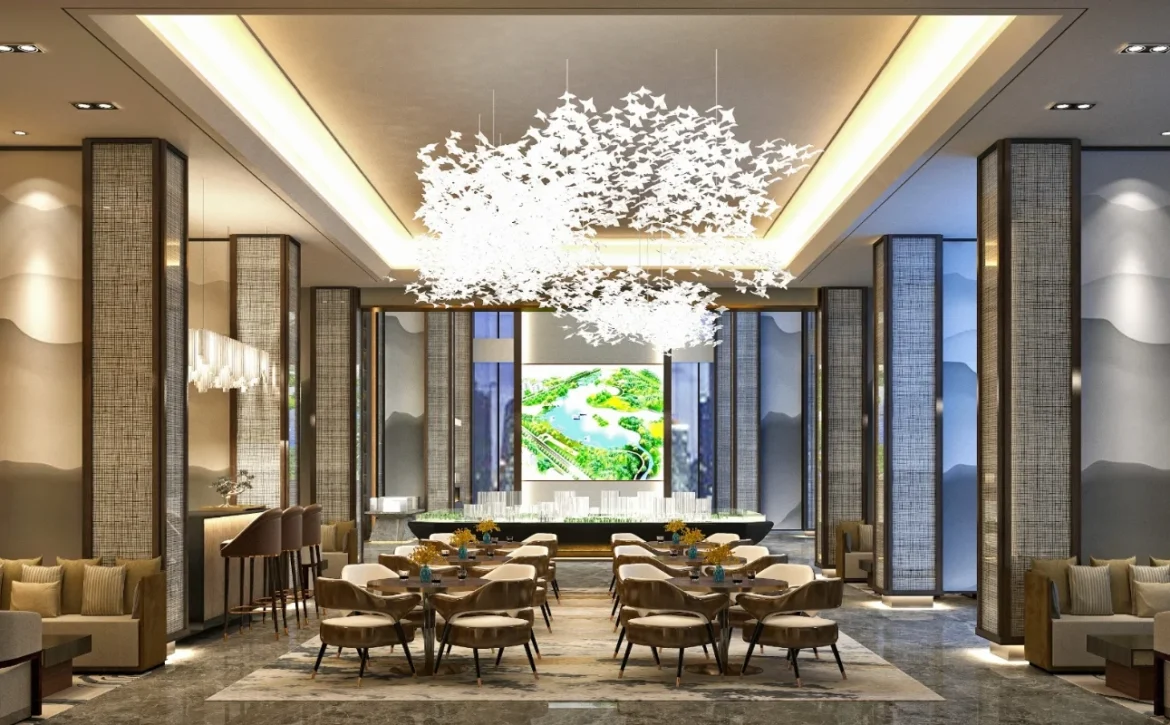

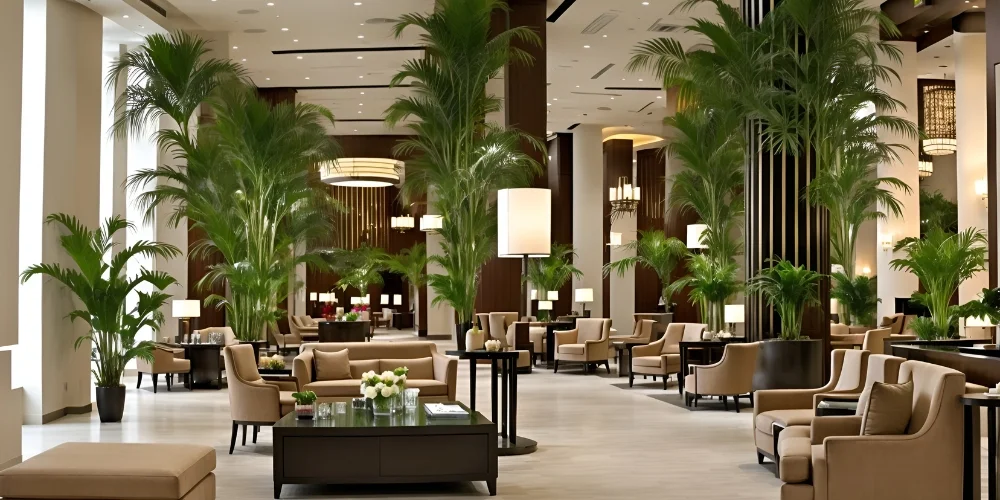

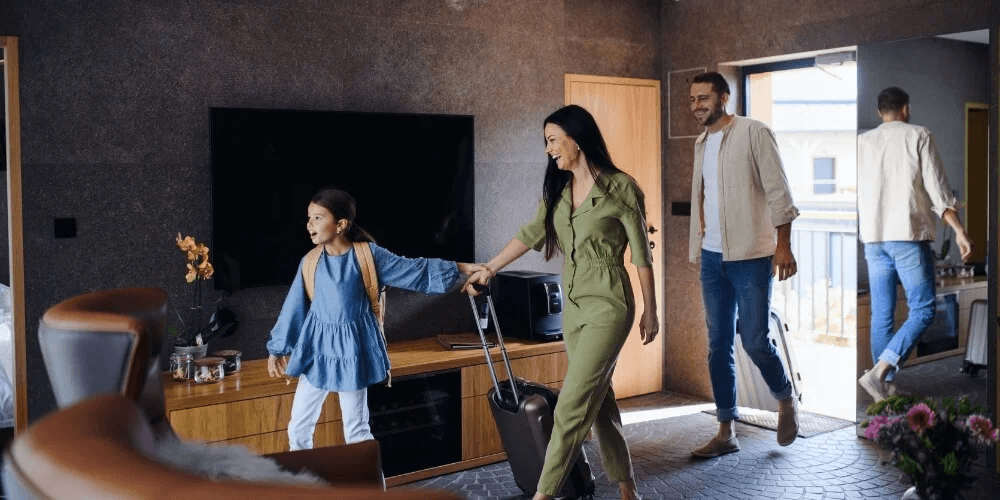

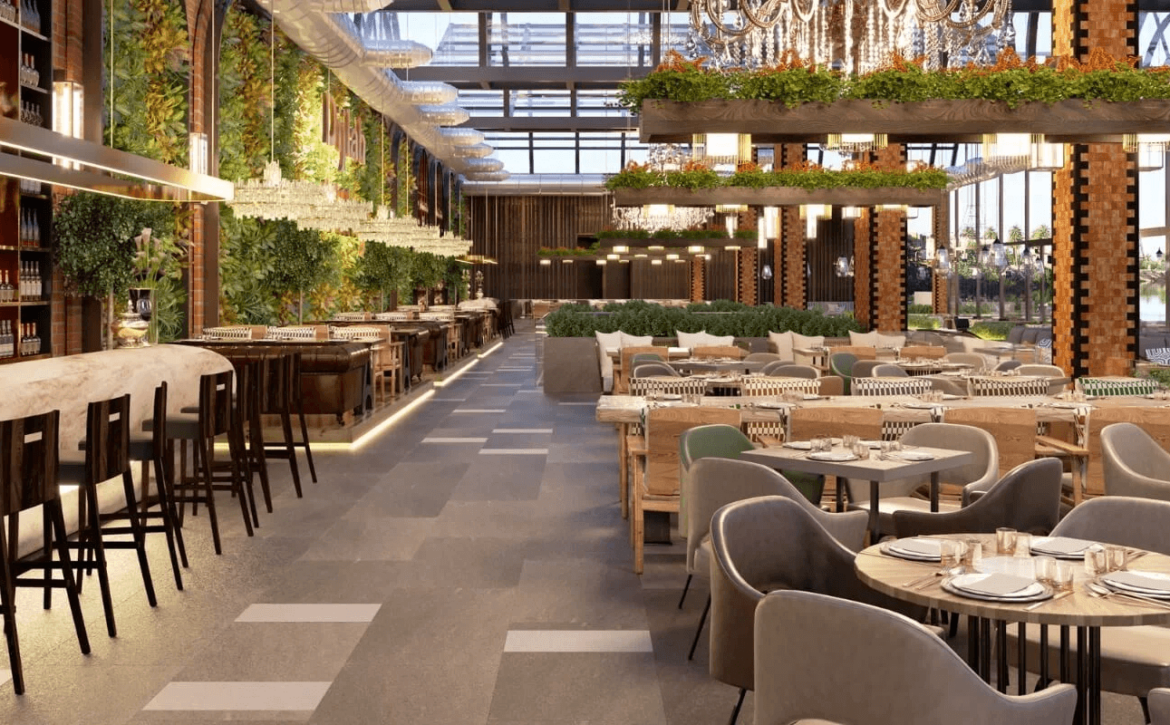
 Embracing Innovation
Embracing Innovation Adapt to the Future of Revenue Management With Axsia HTL
Adapt to the Future of Revenue Management With Axsia HTL